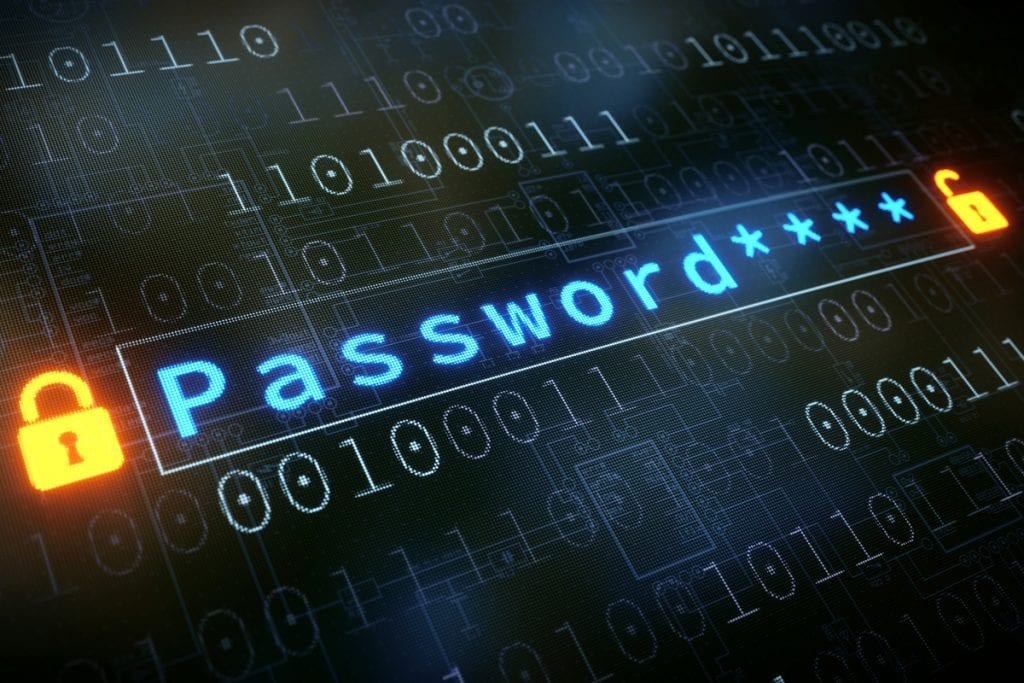We rely heavily on various online platforms for work, entertainment, and daily life. From emails to banking to social media, our lives are intertwined with these digital services. However, the convenience of these platforms also comes with risks, such as data breaches and cyberattacks. One of the most critical ways to protect your information is by using strong, unique passwords.
Tips for Creating Strong, Unique Passwords
Creating strong, unique passwords can be challenging, but there are several strategies you can use:
-
Use a Password Manager: Tools like LastPass or 1Password help generate and store complex passwords for all your accounts. These managers not only ensure that your passwords are secure but also reduce the risk of forgetting them.
-
Implement the Password Formula: Create a base password using a combination of letters (both upper and lower case), numbers, and special characters. For example:
G7#xY9@q. -
Use Passphrases: Replace single words in your password with longer phrases or sentences. For example: “ILoveMyCat2023!”
-
Avoid Common Words and Patterns: Do not use easily guessable words, common sequences like “123456” or “qwerty,” or personal information such as your name or birthday.
Best Practices for Password Management
To maintain the security of your accounts, follow these best practices:
-
Change Your Password Regularly: Update your passwords every few months to prevent unauthorized access. This regular change can help mitigate the risk if a password is compromised.
-
Enable Two-Factor Authentication (2FA): Adding an extra layer of security makes it harder for hackers to gain access even if they manage to steal your password. Setting up 2FA is generally easy and enhances account security significantly.
-
Be Wary of Phishing Attempts: Never share your passwords with anyone or click on suspicious links in emails. Always verify the source before entering your login information. Be cautious of unsolicited emails asking for personal information.
Real-World Examples of Strong Passwords
Here are some examples of strong, unique passwords:
G7#xY9@q– This password uses a mix of uppercase and lowercase letters, numbers, and special characters.ILoveMyCat2023!– A passphrase that combines words with a year and an exclamation mark.Th3Bl@ckH0rse$– Another passphrase using a creative phrase.
Remember, the more complex and unique your passwords are, the better protected your accounts will be.
Additional Tips for Enhanced Security
-
Use Different Passwords for Each Account: Avoid reusing the same password across multiple platforms. If one account is compromised, attackers can gain access to all other accounts if they use the same password.
-
Enable CAPTCHA: Many websites offer a CAPTCHA feature during login or registration. Enabling this feature adds an additional layer of security against automated attacks.
-
Regularly Update Software and Systems: Keep your operating system, browsers, and applications up to date with the latest security patches. These updates often include fixes for known vulnerabilities that could be exploited by attackers.
-
Use Secure Networks: Avoid using public Wi-Fi networks for sensitive transactions or logging into important accounts. If you must use a public network, consider using a Virtual Private Network (VPN) to encrypt your internet connection.





